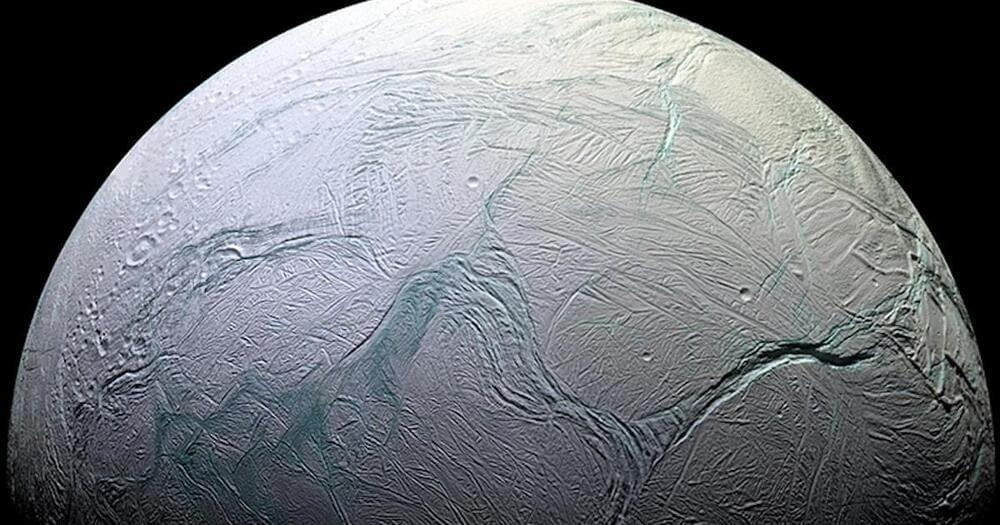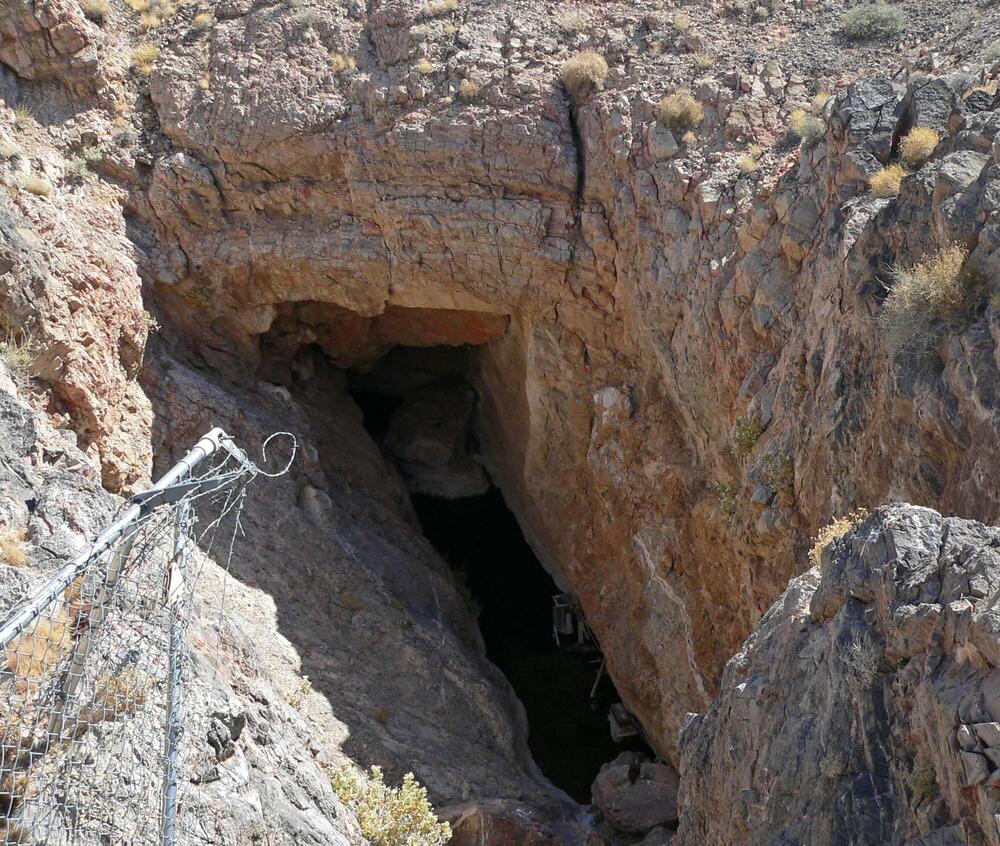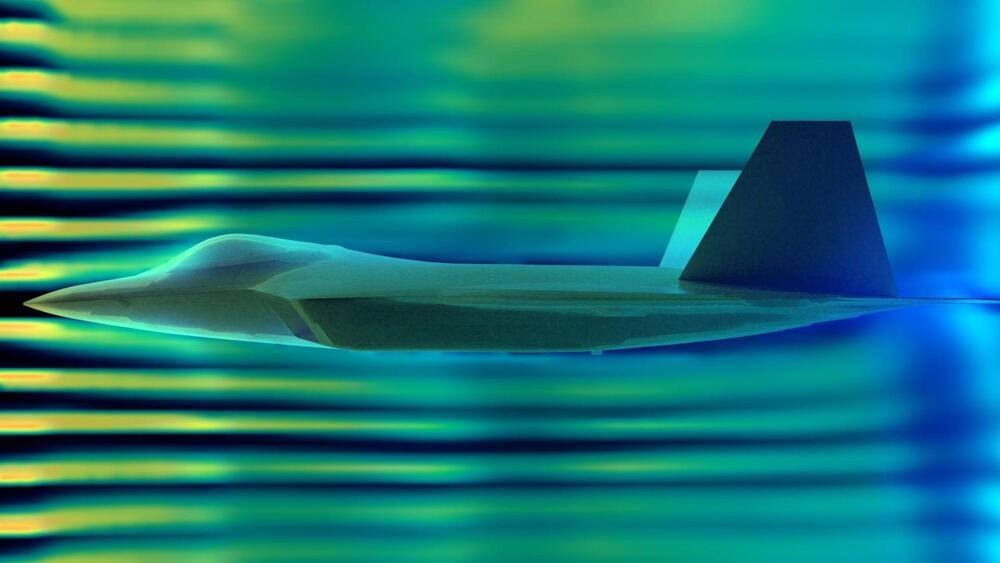Beneath Enceladus’s frozen surface, the moon’s ocean could contain phosphorus, a key ingredient for building cells.



About five minutes after the 7.6 magnitude earthquake hit near Mexico’s southwest coast Monday, typically calm water deep in a Death Valley National Park cave started sloshing against the surrounding limestone rock.
The reverberations from the earthquake more than 1,500 miles away created what experts have called a “desert tsunami,” which on Monday made waves erupt up to 4 feet high in the cave known as Devils Hole, a pool of water about 10 feet wide, 70 feet long and more than 500 feet deep, in Amargosa Valley, Nevada.
The water in the partially filled cave has become an “unusual indicator of seismic activity” across the world, with earthquakes across the globe—as far as Japan, Indonesia and Chile—causing the water to splash up Devils Hole, according to the National Park Service website.

CERN physicist Jamie Boyd enters a tunnel close to the ATLAS detector, an experiment at the largest particle accelerator in the world. From there, he turns into an underground space labeled TI12.
“This is a very special tunnel,” Boyd says, “because this is where the old transfer line used to exist for the Large Electron-Positron Collider, before the Large Hadron Collider.” After the LHC was built, a new transfer line was added, “and this tunnel was then abandoned.”
The tunnel is abandoned no more. Its new resident is an experiment much humbler in size than the neighboring ATLAS detector. Five meters in length, the ForwArd Search ExpeRiment, or FASER, detector sits in a shallow excavated trench in the floor, surrounded by low railings and cables.


Thank you for your interest in the Neuronline Community Leaders Program. Applications will be accepted until September 26, 2022 with offers made to accepted candidates by mid-October. Before completing the application, please spend 5–10 minutes exploring the Neuronline Community (community.sfn.org), the discussion portion of Neuronline.
For more information, review the Neuronline Community Leaders Program overview. Email [email protected] with any questions.
DARPA’s Robotic Autonomy in Complex Environments with Resiliency (RACER) program has successfully completed one experiment and is now moving on to even more difficult off-road landscapes at Camp Roberts, California, for trials set for September 15–27, according to a press release by the organization published last week.
Giving driverless combat vehicles off-road autonomy
The program has stated that its aim is “to give driverless combat vehicles off-road autonomy while traveling at speeds that keep pace with those driven by people in realistic situations.”


The products are vegan-friendly, as well as free of antibiotics and pesticides.
The Israeli startup VAXA uses algae to transform renewable energy into sustainable nourishment. Microalgae can grow indoors using their vertical farming technique, regardless of the weather outside.
The sealed and bio-secured module, which is embedded with pink glowing lights (UV LEDs), enables year-round production of high-quality, pathogen-free, fresh algae with a consistent composition.
We still need to go to the gym, though.
What would you think if I told you that you could burn fat sitting down? Hang on to your hat because if you don’t like moving that much, this new development may be a turning point for you.
With this new development, the soleus muscle in the calf, despite accounting for only 1 percent of your body weight, can do a lot to improve metabolic health in the rest of your body if activated properly.
University of Houston.
Marc Hamilton, professor of Health and Human Performance at the University of Houston, has invented a method for optimal activation — the “soleus pushup” (SPU), which effectively elevates muscle metabolism for hours, even while sitting.
It is scheduled to be completed by 2050.
Tokyo’s Metropolitan Government plans to build a high-tech, sustainable city on reclaimed land in its bay area — Tokyo Bay eSG. Announced in April 2021, the Tokyo Metropolitan Government is clearing the decks for action to make the city carbon-neutral and better able to withstand future climate and health crises.
As its name implies, Tokyo eSG will be designed on the fundamentals of social and environmental governance and combine cutting-edge green technologies.
Tokyo Bay eSG
Announced in April 2021, the Tokyo Metropolitan Government is clearing the decks for action to make the city carbon-neutral and better able to withstand future climate and health crises.